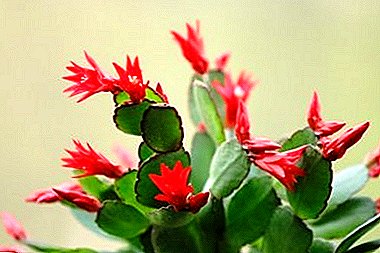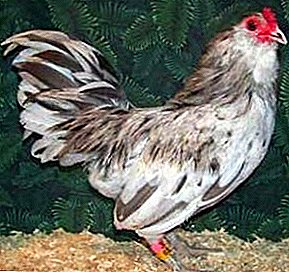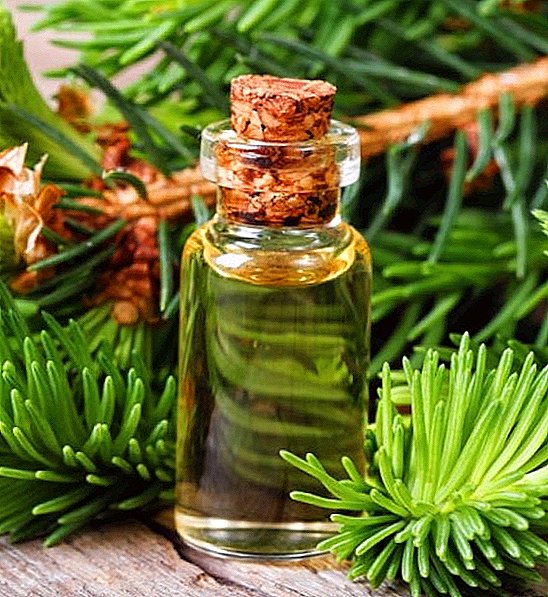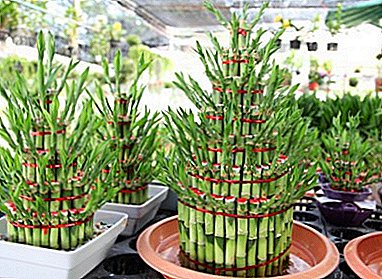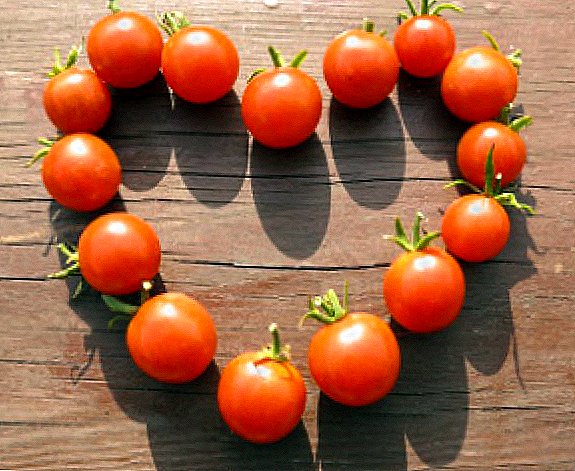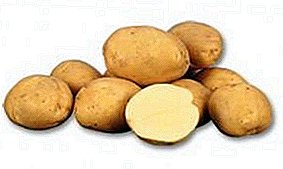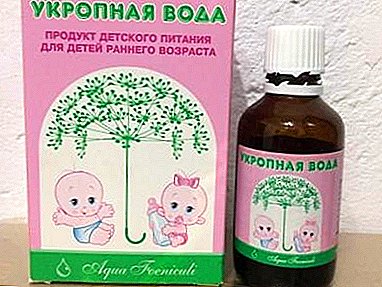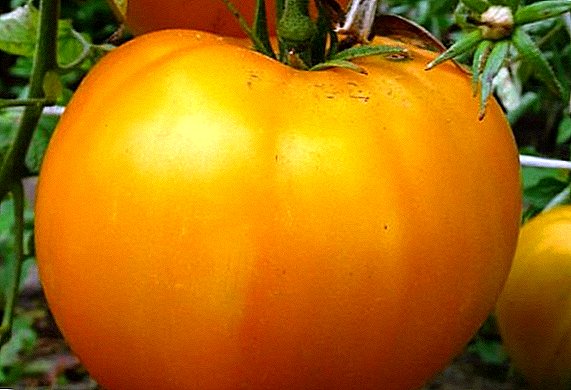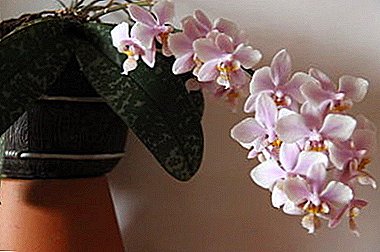
There are many lovers of beautiful exotic who want to grow a naughty beautiful orchid on their windowsill, but for a novice grower to do this is a difficult task.
However, there is Philadelphia orchid in nature, which looks great, but growing it is much easier.
Brief Definition
Phalaenopsis Philadelphia (schilleriana x stuartiana) - Philadelphia Orchid - is a hybrid phalaenopsis orchid, a representative of the genus epiphytic herbaceous plants of the Orchid family from Southeast Asia and Australia.
Description of the plant and its appearance
 Philadelphia is an extremely beautiful plant that has taken the best qualities from its “parents” - the Phalaenopsis of Schiller and Stuart. Marbled silver-green leaves and numerous purple-pink butterfly flowers give the plant a fabulous look. At the same time the flower is quite unpretentious in growing.
Philadelphia is an extremely beautiful plant that has taken the best qualities from its “parents” - the Phalaenopsis of Schiller and Stuart. Marbled silver-green leaves and numerous purple-pink butterfly flowers give the plant a fabulous look. At the same time the flower is quite unpretentious in growing.
Philadelphia has a very short vertical stem, which is practically invisible in 3-6 fleshy leaves, having a length of 20-40 cm and a width of about 10 cm.
The plant has a developed root system, has aerial greenish-silver due to the presence of chlorophyll rootsgrowing from the leaf sinuses, which allows it to absorb water and nutrients directly from the air. Since it is an epiphyte, it does not have a pseudobulb characteristic of other orchids.
Peduncle is a different number - from 1 to a few. On average, their height reaches 60-70 cm. Up to 20 flowers can be located on one peduncle at once. The buds hold on for a long time and unfold gradually, which allows the plant to bloom for several months. But shorter flowering periods are possible, then they occur more than once a year.
The flowers themselves, reaching 7-8 cm in diameter, have a complex compositional color: although they are purple-pink, they have purple veins, brownish blotches in the center, specks of various shades of red are on the side sepals. The central lobe, the lip, has “horns” because of the doubleness.
The flowers are brightly colored with colored stripes and specks. It is dominated by pink, white, yellow, cream, purple, green shades.
Like other members of the Orchid family, the hybrid has accrete stamens, and pollination can only be done by insectsas the pollen cannot move through the air.
History of
For the first time in Europe, the Phalaenopsis orchid was found on Ambon Island in the Maluku archipelago in the 17th century. In 1825, this genus of plants was given the name Phalaenopsis, which means "moth-like", for resemblance to a butterfly. Philadelphia is a hybrid of two well-known types of phalaenopsis - Schiller (Phalaenopsis schilleriana) and Stuart (Phalaenopsis stuartiana), existing both in nature and in breeding.
Difference from other varieties
- Orchids - a widespread plant, it can be found on all continents, with the exception of Antarctica. Philadelphia grows only in the humid plains and mountain forests of Southeast Asia and in northeast Australia.
- Philadelphia is an epiphyte, and other orchids are terrestrial plants, for the same reason, the former, unlike the latter, do not have pseudobulbs.
- Orchids have large and small flowers, and phalaenopsis, all are relatively large.
- Phalaenopsis is easier to grow at home than other orchids.
- Philadelphia, unlike orchids, can bloom more than once throughout the year.
Photo hybrid





Philadelphia is one of the most favorite orchid growers, but information about it is still not enough. Very popular, numerous photographs of the plant are images of a lilac-pink flower. In the online store it is labeled Phalaenopsis Philadelphia - 2 peduncle Pink D12 H50. In general, Philadelphia, being a hybrid of two other phalaenopsis, Schiller and Stewart, with each crossing gives slightly different signs on the color of leaves and flowers, on the intensity of smell.
Bloom
Philadelphia blooms very rapidly: a large number of flowers almost instantly bloom, like a swarm of moths. Hybrid can bloom almost the entire year without long rest breaks. Very often, flowering occurs in the period February-May.
The duration of flowering in different plants is individual.
You can feed them with potash-phosphate fertilizers. After flowering is completely over, it is necessary to reduce watering to once in 7-10 days, and when the peduncle dries, cut it off completely or partially, if a new bud suddenly appears on it.
If Philadelphia does not bloom, the following measures should be taken: create diffused lighting and day and night temperature differences of about 4-6 ° C, prevent water stagnation, use potassium-phosphorus-nitrogen fertilizer, and keep the orchid in a cool and dark place.
Step-by-step care instructions
 The choice of location.
The choice of location.The place should be lit, but with no direct sunlight. To achieve this effect, you can cover the bottom of the window with paper.
- Preparation of soil and pot.
Soil - the substrate - it is better to do it yourself. To do this, you can take the equally dried coniferous bark, inert filler like perlite as a drainage layer at the bottom of the pot, coarse sand, peat, and moss to the top. The pot should be taken smooth, cramped, transparent, so that the light reaches the roots. The distance from the roots to the edge of the pot is about 3 cm for a young plant.
- Temperature.
The ambient temperature should be high enough: in the daytime 22-26 ° C, at night 16-20 ° C. The difference between day and night temperatures of about 6 ° C stimulates the growth of orchids.
- Humidity.
The flower likes high humidity, so it is necessary to spray it every other day and wipe it once a day with a damp cloth.
- Lighting.
The lighting needs to be created, including artificial, sufficient for 10 hours, but muffled - a shadow or a penumbra, no bright light, so as not to burn the tender plant.
- Watering.
Watering Philadelphia should be on top, better shower. During the flowering period, watering once a week with warm rainwater or distilled water, at rest should be watered once every fortnight.
- Top dressing.
Experts advise to make dressing with every third watering of the flower. It is best to immediately purchase in the store a special complex balanced for a given plant, so as not to be mistaken with the composition of the substances and their concentration.
- Transfer.
After Philadelphia is bought in a store, it should be immediately planted in the chosen pot, for adaptation, it should be removed to a dark place for a couple of weeks and not watered. In the future, it can be transplanted every two years to update the substrate.
How to multiply?
 Usually at home Philadelphia is propagated in one of three ways: by children, by dividing rhizomes, sometimes by cuttings.
Usually at home Philadelphia is propagated in one of three ways: by children, by dividing rhizomes, sometimes by cuttings.
Children can multiply it when she let them. After the back appears on the baby, you can drop it off.
You can divide the rhizome into two at any time, then plant the processes in different pots.
Diseases and pests
Diseases of tender Philadelphia are often associated with inadequate care. Therefore, it is necessary to strictly follow the main rules, such as temperature, proper lighting, timely watering and fertilizing, the necessary humidity, a transparent pot. As a preventive measure, after purchase, all roots should be immersed in water, further cut off from rot and damage, then treated with crushed activated carbon.
Numerous pests are dangerous for the flower: whitefly, scutes, aphids, mites, mealybugs. It is necessary to fight pests, their eggs and larvae with insecticides, fungicides. It should be done more than once, but intermittently.
Philadelphia Orchid may please its owner with abundant flowering the longer during the year, the more carefully it is carried out without too complicated care. Proper watering, moisture support, moderate lighting and other care will help Philadelphia to become a wonderful, exquisite flower.


 The choice of location.
The choice of location.